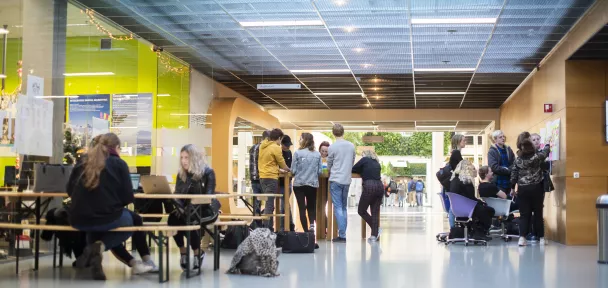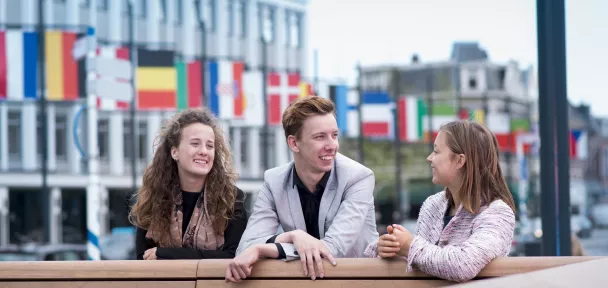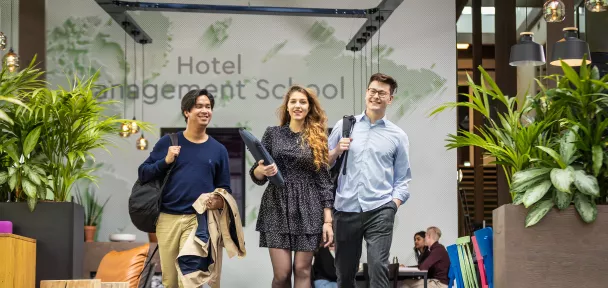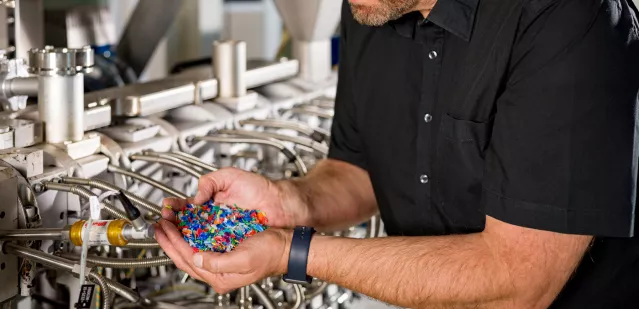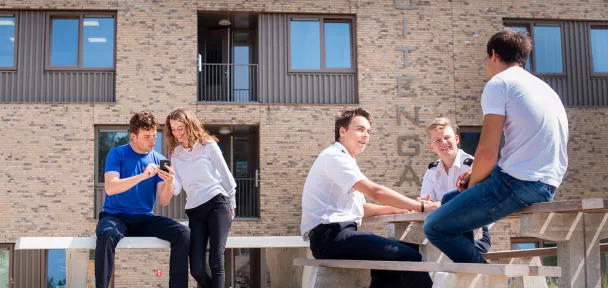
Negative Connotation
The images of plastic soup drifting in the Pacific Ocean are etched on our minds. And the plastic waste from the capsized containers in the North Sea in January made it all the more clear how enormous the drifting plastic issue is. “While plastic is a beautiful product”, says Rudy Folkersma. He is not yet afraid to say it out loud. “Synthetic materials and especially the word ‘plastic’ have gotten a very negative connotation”, he notices. “While a world without synthetics is unimaginable. Almost all user products contain synthetic materials. Without them, the world would have looked much different.’’
By pointing this out, Folkersma emphasises a current dilemma. More and more voices are heard to ban plastic altogether and look for replacement building materials. ,,The biggest issue with synthetic materials is that they are non-degradable by nature”, knows the lector. “However, that is also the strength of synthetic materials; it is extremely strong and therefore perfectly fit to use for many years. Think of plastic straws, bags, forks, cups. That is why we must search for other solutions.’’
Long Road
In finding other solutions, there are two options: better recycling or searching for a biodegradable version. ,,We have taken great steps forward in recycling synthetics”, tells Folkersma. ,,But we still have a long way to go in order to be fully circular in 2050. Our lectorate, together with colleagues of the Computer Vision lectorate, works on a camera which is able to recognise various types of plastic and thus is perfectly able to separate plastic waste. The purer the waste, the better the final product. With the diminishing oil reserves, which are the basis for synthetic materials, it will pay off to recycle.’’
Besides, there is positive news from scientists who are in search of biodegradable plastic. ,,We are already able to fabricate bioplastics from starch, for example for agriculture and horticulture”, Folkertsma tells us. ,,Think of the little flower pots that you can just put in the ground, after which they decompose. Besides, we are working hard on bio based synthetic materials. These are also made from biological materials, are non-biodegradable, but can be recycled very well. A good example is the PEF bottle, with an F instead of a T. Large companies like Coca Cola already work with those.’’
No Definitive Solution
All these new developments will not resolve the plastic soup issue, Folkertsma realises. ,,But we can prevent that this soup increases. I feel this awareness with both young and old alike. Recycling has long outgrown its tree-hugging status. The newest generation is very much aware that searching for artificial, synthetic materials is in itself an art.”
Rudy Folkersma is lector Sustainable Synthetic Materials and Circular Plastics at NHL Stenden University of Applied Sciences. The Sustainable Synthetic Materials lectorate in Emmen focuses on bio based and biodegradable materials. The Circular Plastics lectorate in Leeuwarden focuses on recycling.
